Flat Rate Shipping Australia Wide

Purple clay teapots (zishahu) are produced in Yixing, China from "purple" clay. This rare clay is mined near Taihu Lake, a hundred miles northwest of Shanghai. Purple clay mine was formed 3.5 hundred millions years ago, in the geological age of Paleozoic Devonian. In China, purple clay has been developed and used for more than a thousand years.
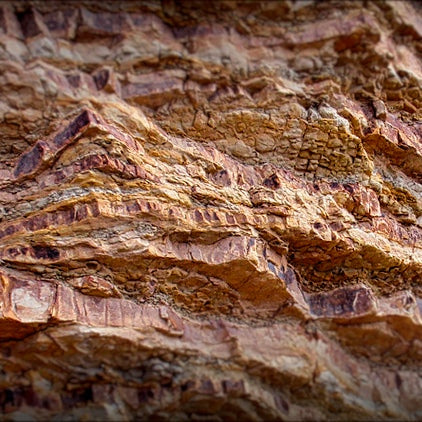 Purple clay mine, formed 3.5 hundred millions years ago. |
Purple clay (zisha) has the reputation of being a high quality clay because of its fine texture and porous nature, as well as being easy to mould. They became popular during the Ming Dynasty gradually replacing porcelain china. The various types of clay in the purple clay group contain different quantities of oxidised iron. As a result they produce different colours after being fired at various temperatures during the production process.
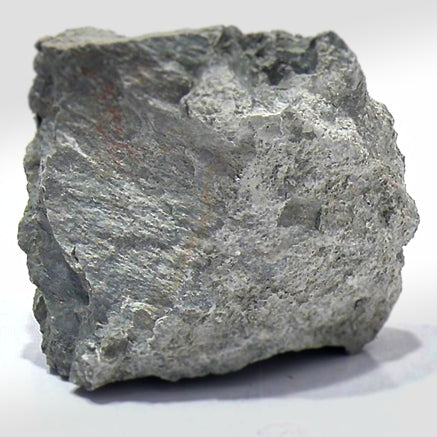 Duanni (fortified clay) in its original form. |
There are three distinctive types of zisha: Zini, or “purple clay,” is dark and fine brownish-purple clay. Zhuni, or “cinnabar clay,” is orange-reddish high iron content clay. Duanni, or “fortified clay,” is formulated in various quartz and minerals in addition to zini or zhuni, and it appears in various textures and colors, including beige, blue, green and black. Due to the increasing demand for zisha teapots over time, zhuni is now nearly non-existent in quantities.
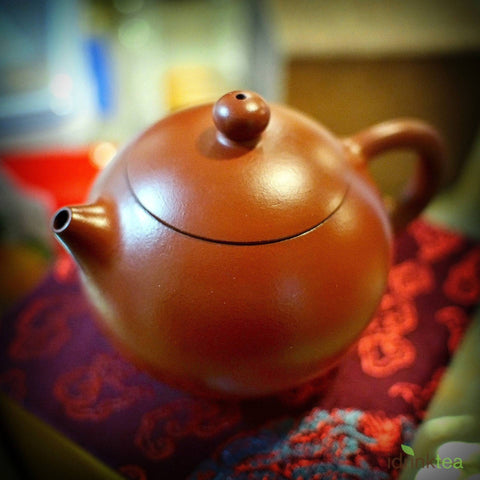 Zhuni (cinnebar clay) teapot. This clay is now non-existent. |
Teapots made from zisha are highly valued. The wonderful porous quality of the clay is perfect for retaining the tea's flavour. An excellent, well nurtured zisha teapot is full of the tea's essence after it has been used for a long time, to the extent that old pots are known for its ability to produce tea just from adding hot water! Zisha teapots are also durable and can sustain high temperature change.
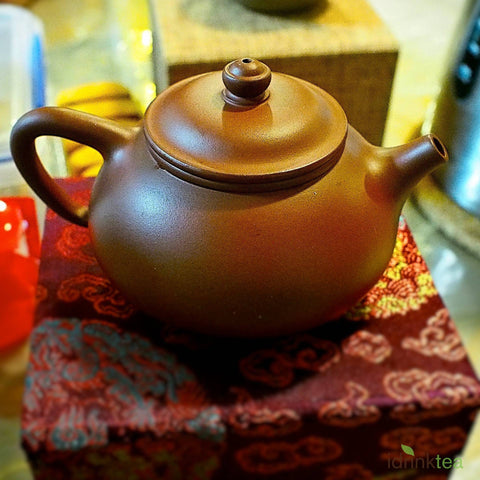 A zini (purple clay) teapot. |
Zisha also retains heat more efficiently than any other substance, and has a high resistance to shrinkage during the firing process. The versatile nature of the clay leads to an endless parade of teapots being turned out, limited only by the imagination and skill of the artisan. Designs range from geometric patterns to forms of living things, some are artistic masterpieces while others are more for daily use.
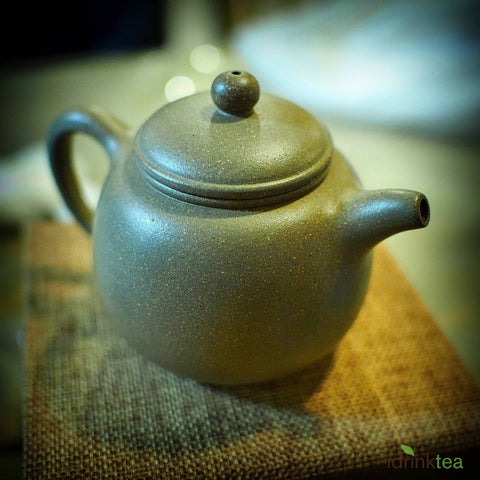 Sky green duanni (fortified clay) teapot. |
In early days, a single zisha teapot could equal the entire wealth of an average family. Today there is a thriving industry which offers genuine and affordable zisha pottery to people all over the world.
Like any natural resource, zisha or purple clay is a finite raw material and has suffered shortages due to its popularity and value. For this reason, the Yixing government banned the mining of zisha in 2005 and has only recently re-opened mining. Still a true Yixing zisha teapot may soon be a thing of the past.
